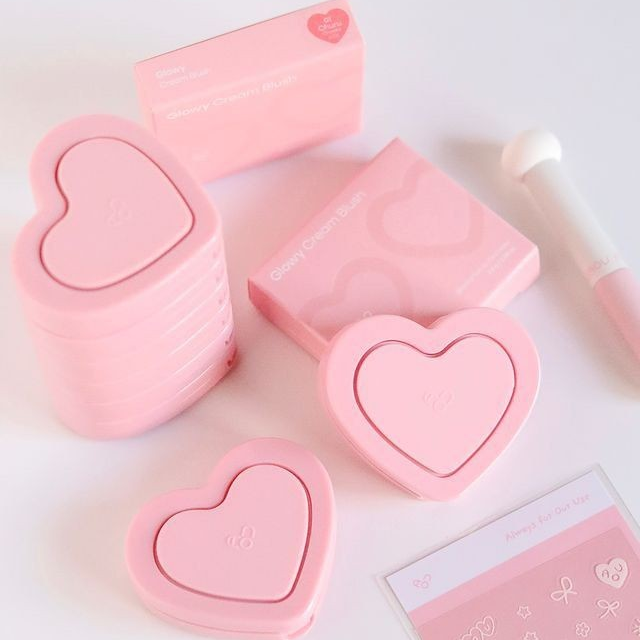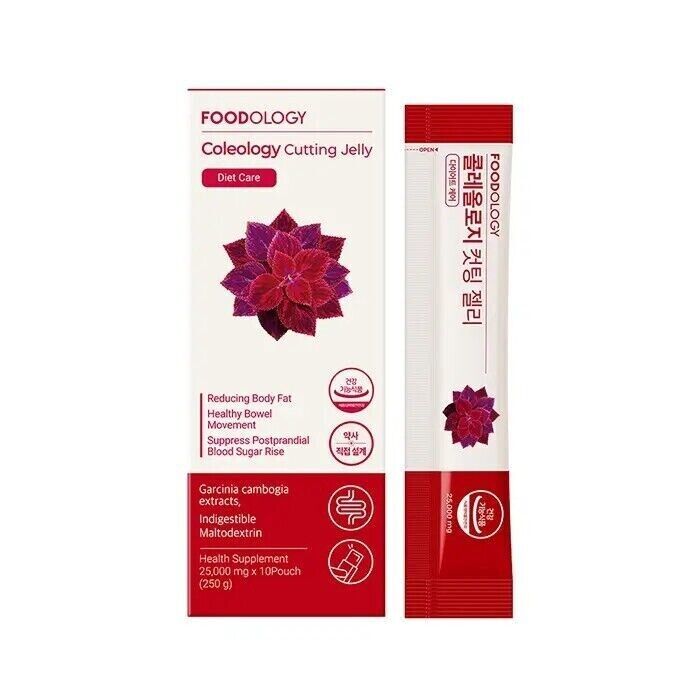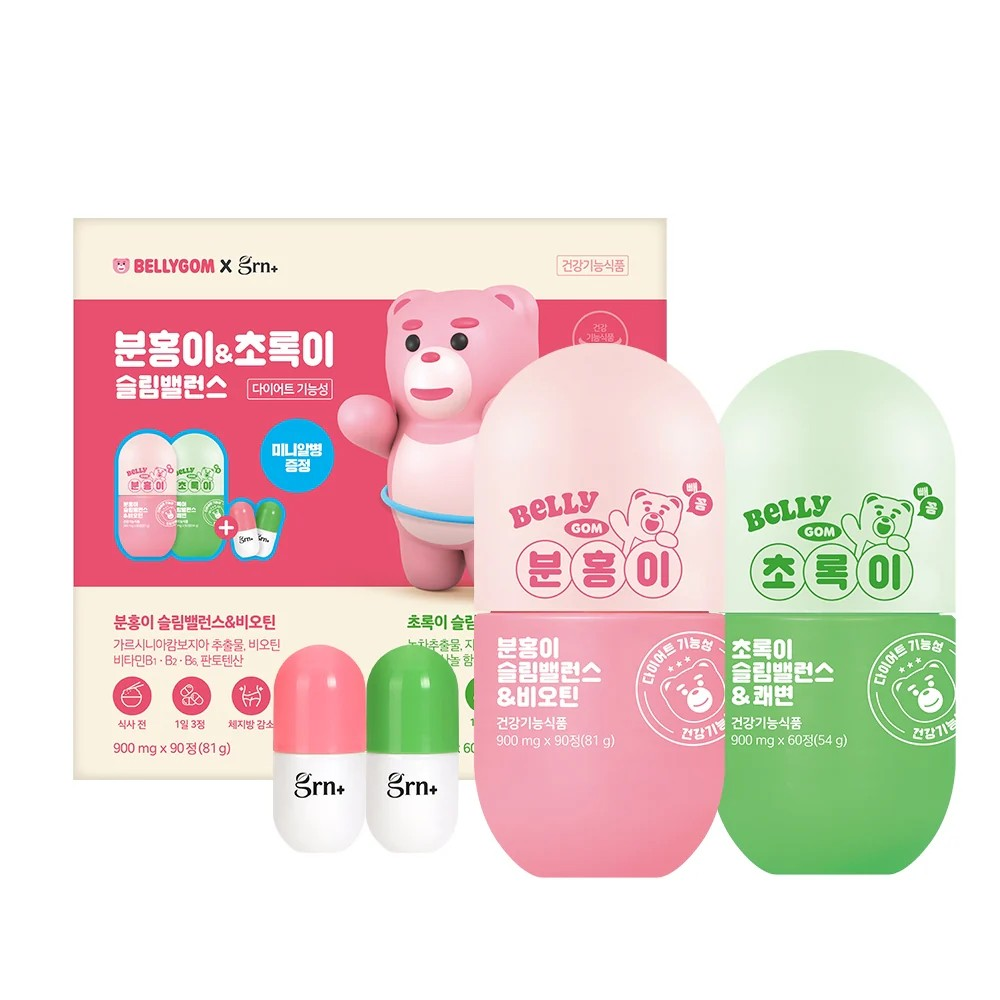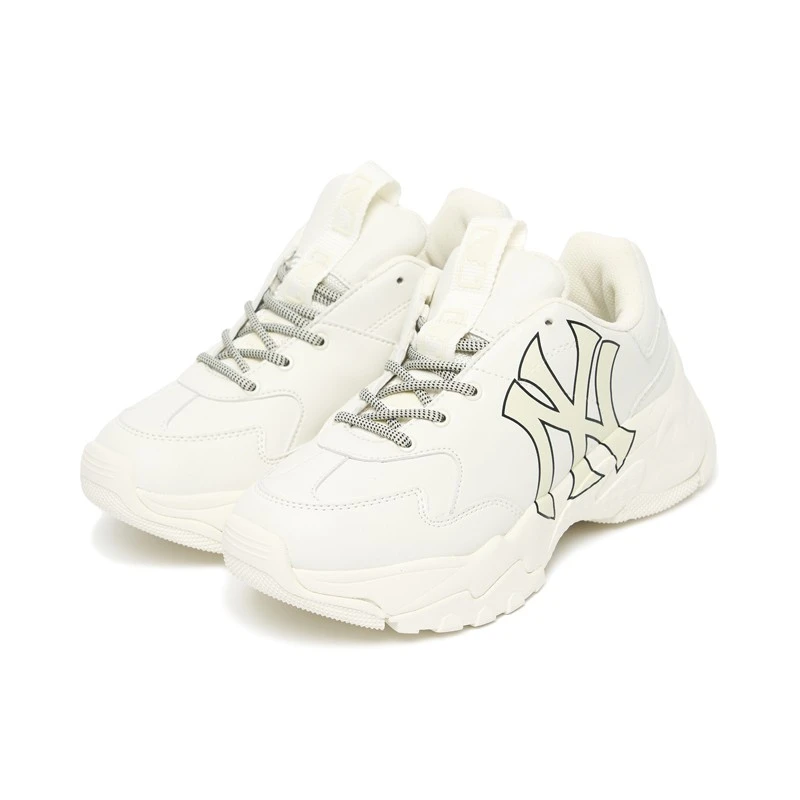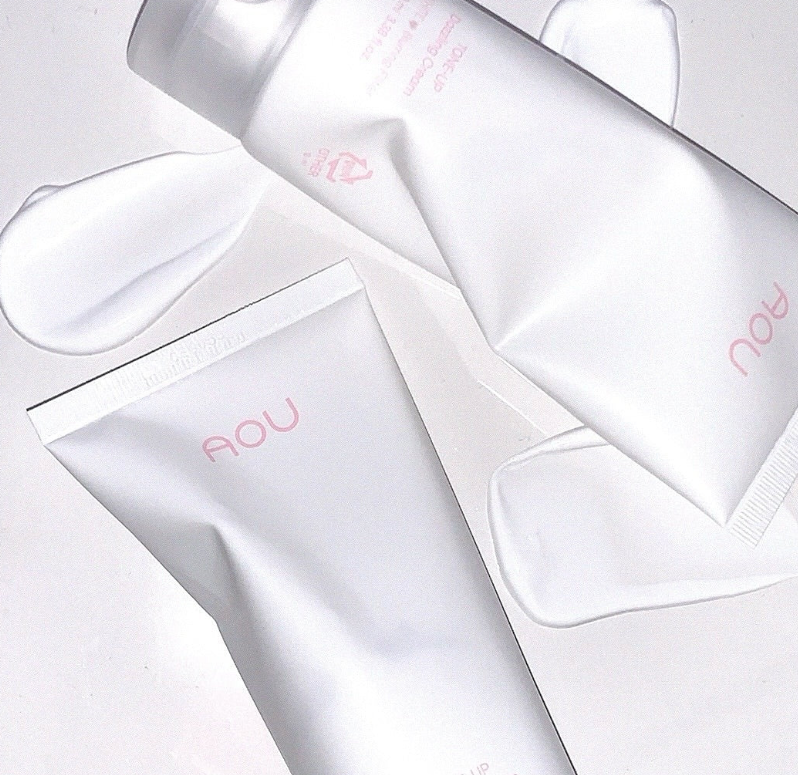
Preparing Your Skin for Autumn: Common Skin Concerns and Solutions
Preparing Your Skin for Autumn: Common Skin Concerns and Solutions
As autumn approaches, the days grow shorter, the air becomes crisper, and the landscape begins its transformation. While the change in seasons can be beautiful, it also brings unique challenges for your skin. The transition from summer to autumn can leave your skin feeling dry, sensitive, and in need of extra care. In this blog, we’ll explore the common skin issues that arise during autumn, the reasons behind them, and the best ways to address these concerns with the right skincare routine.

Common Skin Concerns in Autumn
1. Dryness and Dehydration
As the temperature drops and humidity levels decrease, one of the most common skin concerns during autumn is dryness and dehydration. The skin loses moisture more quickly in colder weather, leading to a rough, flaky texture and a tight, uncomfortable feeling. Central heating systems can exacerbate this issue by stripping the air—and your skin—of its natural moisture.
2. Dullness
During the summer, your skin may have enjoyed a natural glow due to increased sun exposure. However, as autumn sets in, that radiance can fade, leaving your complexion looking dull and lackluster. This loss of brightness is often due to a buildup of dead skin cells and a reduction in blood circulation caused by cooler temperatures.
3. Sensitivity and Redness
The transition from warm, humid summer weather to cooler, drier autumn air can make your skin more sensitive. This sensitivity can manifest as redness, irritation, and even flare-ups of conditions like eczema or rosacea. The wind and fluctuating temperatures can weaken your skin's barrier, making it more susceptible to environmental stressors.
4. Chapped Lips and Hands
The skin on your lips and hands is thinner and more delicate than the rest of your body, making it particularly vulnerable to the effects of autumn weather. Without proper care, your lips and hands can become chapped, cracked, and sore as they lose moisture and are exposed to harsh elements.
5. Breakouts
Changes in weather can sometimes lead to breakouts, especially if your skin is struggling to adapt to the new environment. The combination of dryness and excess oil production—your skin's way of compensating for the loss of moisture—can clog pores and lead to acne.
Reasons Behind Autumn Skin Issues
The skin's response to seasonal changes is influenced by several factors:
- Decreased Humidity: Lower humidity levels in autumn mean there is less moisture in the air, which can dry out your skin.
- Colder Temperatures: Cooler weather can constrict blood vessels, reducing blood flow to the skin and leading to a dull complexion.
- Central Heating: Indoor heating systems dry out the air, further depleting your skin's moisture levels.
- Wind Exposure: The wind can strip the skin of its natural oils, leading to dryness, redness, and sensitivity.
- Sun Exposure: While summer's UV exposure can damage the skin, the lingering effects of sun exposure can still cause issues like hyperpigmentation as the seasons change.
Solutions and Skincare Recommendations
To combat these autumn skin concerns, it's essential to adjust your skincare routine to provide extra nourishment, protection, and hydration. Here are some key steps to keep your skin healthy and radiant throughout the season:
1. Switch to a Hydrating Cleanser
In the cooler months, it's crucial to choose a cleanser that doesn't strip your skin of its natural oils. Opt for a gentle, hydrating cleanser that will effectively remove impurities while preserving your skin's moisture barrier. Look for ingredients like glycerin, hyaluronic acid, and ceramides, which help to retain moisture and soothe the skin.

Recommended Product Types: Cream cleansers, oil-based cleansers, and hydrating gel cleansers.
2. Exfoliate Gently
Exfoliation is key to maintaining a bright complexion during autumn, as it helps to remove dead skin cells that can accumulate and cause dullness. However, it's important to exfoliate gently to avoid irritating sensitive skin. Choose a mild exfoliant that contains AHA (alpha-hydroxy acids) or PHA (polyhydroxy acids) for a gentle, yet effective exfoliation.
Recommended Product Types: Exfoliating toners, enzyme-based exfoliators, and PHA-infused cleansers.
3. Layer on the Moisture
As the air becomes drier, it's essential to keep your skin well-hydrated. Transition to a richer moisturizer that provides long-lasting hydration and reinforces your skin's barrier. Look for products containing emollients like shea butter, squalane, and fatty acids, as well as humectants like hyaluronic acid and glycerin.

Recommended Product Types: Rich creams, hydrating serums, and facial oils.
4. Incorporate a Hydrating Serum
Adding a hydrating serum to your routine can provide an extra layer of moisture and help to plump up dehydrated skin. Hyaluronic acid serums are particularly effective, as they draw moisture from the environment into your skin. You can also look for serums with niacinamide, which helps to strengthen the skin's barrier and reduce sensitivity.
Recommended Product Types: Hyaluronic acid serums, niacinamide serums, and hydrating essences.
5. Use a Nourishing Mask
To give your skin a boost of hydration and nutrients, incorporate a nourishing mask into your routine once or twice a week. Choose masks that are rich in antioxidants, vitamins, and soothing ingredients like aloe vera, honey, and chamomile.

Recommended Product Types: Hydrating sheet masks, overnight masks, and cream masks.
6. Protect Your Skin from the Elements
Wind and cold weather can take a toll on your skin, so it's important to protect it when you're outside. Apply a barrier cream or ointment to vulnerable areas like your cheeks, lips, and hands before heading out. Additionally, don’t forget to continue using sunscreen, as UV rays can still cause damage even in autumn.

Recommended Product Types: Barrier creams, lip balms with SPF, and broad-spectrum sunscreens.
7. Invest in a Humidifier
Since indoor heating can dry out the air in your home, consider investing in a humidifier to maintain optimal humidity levels. This will help keep your skin hydrated and prevent the dryness that comes with central heating.
8. Take Care of Your Lips and Hands
Don’t forget to give extra attention to your lips and hands during autumn. Use a nourishing lip balm throughout the day and apply a rich hand cream regularly. At night, consider using a heavier treatment, such as a lip mask or a thicker hand cream, to restore moisture while you sleep.

Recommended Product Types: Lip balms, lip masks, hand creams, and cuticle oils.
9. Opt for Gentle, Fragrance-Free Products
As your skin becomes more sensitive in cooler weather, it's a good idea to avoid products with harsh chemicals, artificial fragrances, and alcohol, which can exacerbate irritation. Stick to gentle, fragrance-free formulas that are designed for sensitive skin.
Recommended Product Types: Fragrance-free moisturizers, gentle toners, and alcohol-free cleansers.

10. Consider Layering Your Skincare
Layering your skincare products can help to lock in moisture and provide your skin with the nourishment it needs. Start with lighter, water-based products like essences and serums, and finish with heavier creams and oils to seal everything in.
Recommended Product Types: Hydrating essences, serums, creams, and facial oils.
Conclusion
Autumn is a beautiful season, but it comes with its own set of skincare challenges. By understanding the common skin concerns associated with this time of year and taking proactive steps to address them, you can keep your skin looking healthy, hydrated, and radiant throughout the season. Remember to adjust your skincare routine to include more hydrating and nourishing products, protect your skin from the elements, and take extra care of delicate areas like your lips and hands. With the right approach, you can enjoy all the beauty of autumn without compromising your skin's health.



